
Spanish Impressionist Painter
1863 - 1923

Joaquín Sorolla y Bastida was a Spanish painter, born in Valencia, who excelled in the painting of portraits, landscapes, and monumental works of social and historical themes. His most typical works are characterized by a dexterous representation of the people and landscape under the sunlight of his native land.
Joaquín Sorolla was the eldest child born to a tradesman, also named Joaquín, and his wife, Concepción Bastida. His sister, Concha, was born a year later. In August 1865 both children were orphaned when their parents died, possibly from cholera. They were thereafter cared for by their maternal aunt and uncle.
He received his initial art education, at the age of fourteen, in his native town, and then under a succession of teachers including Cayetano Capuz, Salustiano Asenjo. At the age of eighteen he traveled to Madrid, vigorously studying master paintings in the Museo del Prado. After completing his military service, at twenty-two Sorolla obtained a grant which enabled a four year term to study painting in Rome, Italy, where he was welcomed by and found stability in the example of F. Pradilla, the director of the Spanish Academy in Rome. A long sojourn to Paris in 1885 provided his first exposure to modern painting; of special influence were exhibitions of Jules Bastien-Lepage and Adolf von Menzel. Back in Rome he studied with José Benlliure, Emilio Sala, and José Villegas.
In 1888 Sorolla returned to Valencia to marry Clotilde García del Castillo, whom he had first met in 1879, while working in her father's studio. By 1895 they would have three children together: Maria, born in 1890, Joaquín, born in 1892, and Elena, born in 1895. In 1890 they moved to Madrid, and for the next decade Sorolla's efforts as an artist were focused mainly on the production of large canvases of orientalist, mythological, historical, and social subjects, for display in salons and international exhibitions in Madrid, Paris, Venice, Munich, Berlin, and Chicago.


His first striking success was achieved with Another Marguerite (1892), which was awarded a gold medal at the National Exhibition in Madrid, then first prize at the Chicago International Exhibition, where it was acquired and subsequently donated to the Washington University Museum in Saint Louis, Missouri. He soon rose to general fame and became the acknowledged head of the modern Spanish school of painting. His picture The Return from Fishing (1894) was much admired at the Paris Salon and was acquired by the state for the Musée du Luxembourg. It indicated the direction of his mature output.
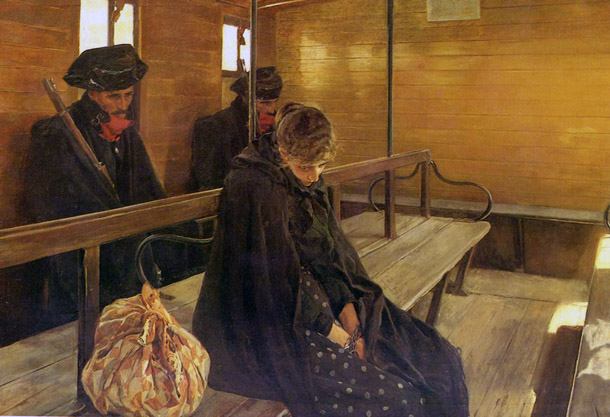
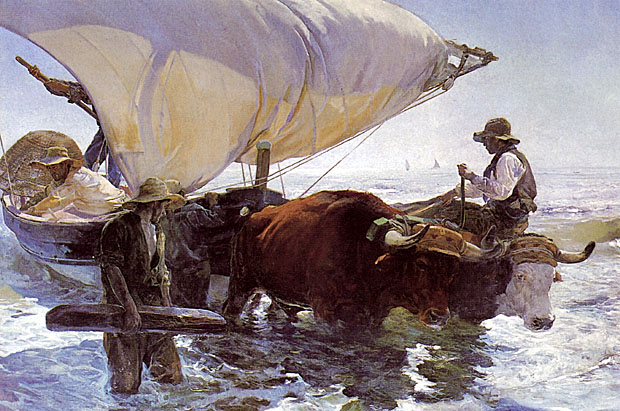
An even greater turning point in Sorolla's career was marked by the painting and exhibition of Sad Inheritance (1899), an extremely large canvas, highly finished for public consideration. The subject was a depiction of crippled children bathing at the sea in Valencia, under the supervision of a monk. The painting earned Sorolla his greatest official recognition, the Grand Prix and a medal of honor at the Universal Exhibition in Paris in 1900, and the Medal of Honor at the National Exhibition in Madrid in 1901.
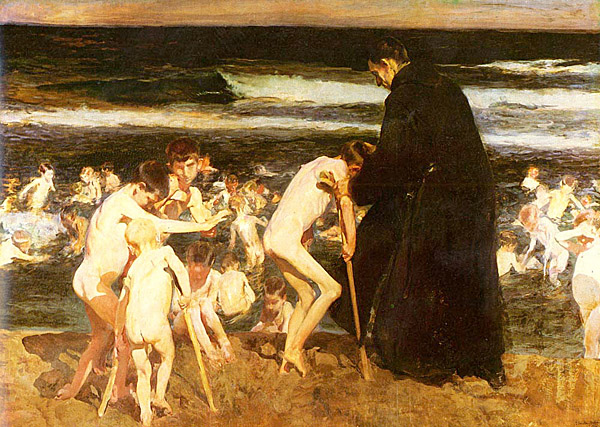
With this painting Sorolla ceased his career as a salon artist, and never returned to a theme of such overt social consciousness. At the same time, a series of preparatory oil sketches for Sad Inheritance were painted with the greatest luminosity and bravura, and foretold an increasing interest in shimmering light and of a medium deftly handled. Sorolla thought well enough of these sketches that he presented two of them as gifts to American artists; one to John Singer Sargent, the other to William Merritt Chase.
The exhibit at the Paris Universal Exposition of 1900 won him a medal of honor and his nomination as Knight of the Legion of Honor; within the next few years Sorolla was honored as a member of the Fine Art Academies of Paris, Lisbon, and Valencia, and as a Favorite Son of Valencia.
A special exhibition of his works--figure subjects, landscapes and portraits--at the Galleries Georges Petit in Paris in 1906 eclipsed all his earlier successes and led to his appointment as Officer of the Legion of Honor. The show included nearly 500 works, early paintings as well as recent sun-drenched beach scenes, landscapes, and portraits, a productivity which amazed critics and was a financial triumph. Though subsequent large-scale exhibitions in Germany and London were greeted with more restraint, while in England in 1908 Sorolla met Archer Milton Huntington, who made him a member of The Hispanic Society of America in New York City, and invited him to exhibit there in 1909. The exhibition was comprised of 356 paintings, 195 of which sold. Sorolla spent five months in America and painted more than twenty portraits.
Although formal portraiture was not Sorolla's genre of preference, because it tended to restrict his creative appetites and could reflect his lack of interest in his subjects, the acceptance of portrait commissions proved profitable, and the portrayal of his family was irresistible. Sometimes the influence of Velázquez was uppermost, as in My Family (1901), a reference to Las Meninas which grouped his wife and children in the foreground, the painter reflected, at work, in a distant mirror. At other times the desire to compete with his friend John Singer Sargent was evident, as in Portrait of Mrs. Ira Nelson Morris and her children, (1911). A series of portraits produced in the United States in 1909, commissioned through the Hispanic Society of America, was capped by the Portrait of Mr. Taft, President of the United States, painted at the White House, and suggestive of convivial sessions between painter and president.
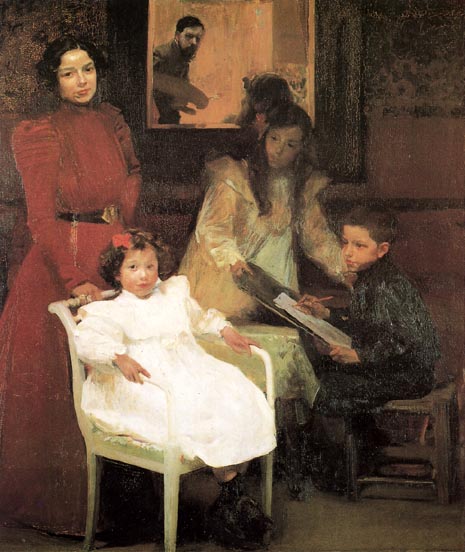
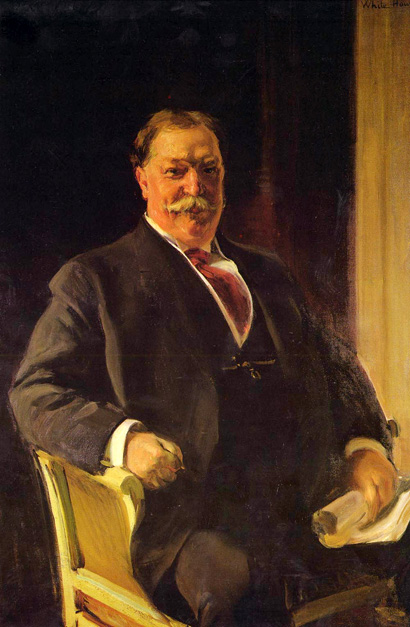
The appearance of sunlight could be counted on to rouse his interest, and it was outdoors where he found his ideal portrait settings. Thus, not only did his daughter pose standing in a sun-dappled landscape for María at La Granja (1907), but so did Spanish royalty, for the Portrait of King Alfonso XIII in a Hussar's Uniform (1907). For Portrait of Mr. Louis Comfort Tiffany (1911), the American artist posed seated at his easel in his Long Island garden, surrounded by extravagant flowers. The conceit reaches its high point in My Wife and Daughters in the Garden (1910), in which the idea of traditional portraiture gives way to the sheer fluid delight of a painting constructed with thick passages of color, Sorolla's love of family and sunlight merged.

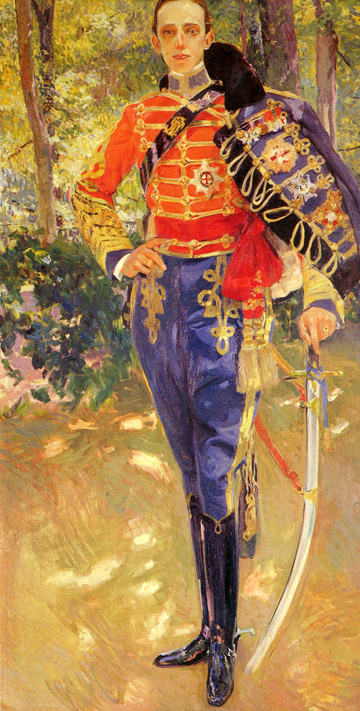

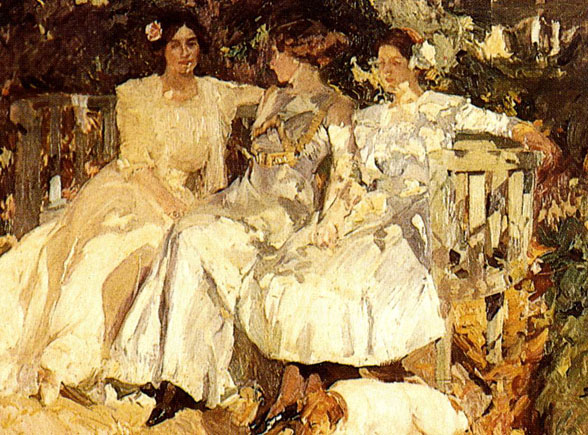
Early in 1911 Sorolla visited the United States for a second time, and exhibited 161 new paintings at the Art Institute of Chicago. Later that year Sorolla met Archer M. Huntington in Paris and signed a contract to paint a series of oils on life in Spain. The canvases, to be installed in the Hispanic Society of America, would range from 12 to 14 feet in height, and total 227 feet in length. There would be fourteen large panels in all. The major commission of his career, it would dominate the later years of Sorolla's life.
Huntington had envisioned the work depicting a history of Spain, but the painter preferred the less specific 'Vision of Spain', eventually opting for a representation of the regions of the Iberian Peninsula, and calling it The Provinces of Spain. Despite the immensity of the canvases, Sorolla painted all but one en plein air, and travelled to specific locales to paint them: Navarre, Aragon, Catalonia, Valencia, Elche, Seville, Andalusia, Extremadura, Galicia, Guipuzcoa, Castile, Leon, and Ayamonte, at each site painting models posed in local costume. Each painting celebrated the landscape and culture of its region, panoramas composed of throngs of laborers and locals. By 1917 he was, by his own admission, exhausted. He completed the final panel by the middle of 1919.
Sorolla suffered a stroke in 1920, while painting a portrait in his garden in Madrid. Paralyzed for over three years, he died in 1923. The room housing the Provinces at the Hispanic Society of America opened to the public in 1926.
After his death, Sorolla's widow left many of his paintings to the Spanish public. The paintings eventually formed the collection that is now known as the Museo Sorolla, which was the artist's house in Madrid. The museum opened in 1932.
Sorolla's work is represented in museums throughout Spain, Europe, and America, and in many private collections in Europe and America. In 1933, J. Paul Getty purchased ten Impressionist beach scenes done by Sorolla, several of which are now housed in the Getty Museum.
In 2007, many of his works were exhibited at the Petit Palais in Paris, France, alongside those of John Singer Sargent, a contemporary who painted in a similar style.

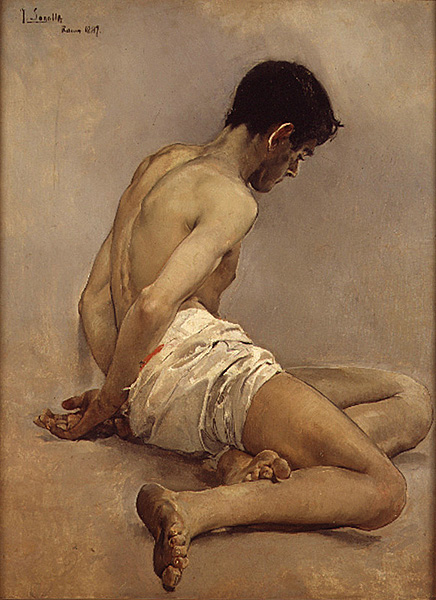
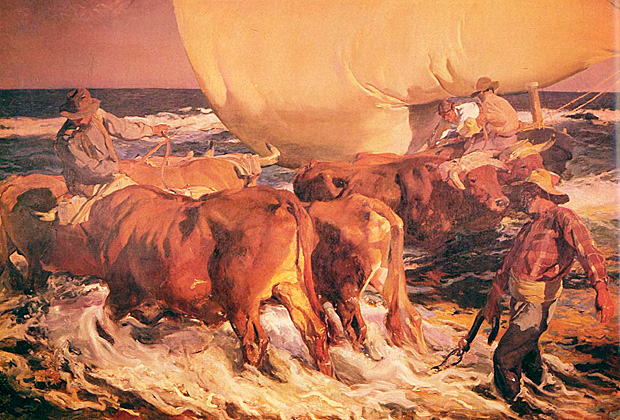

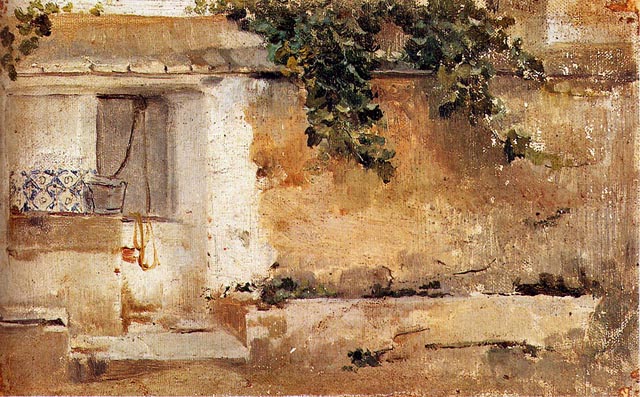

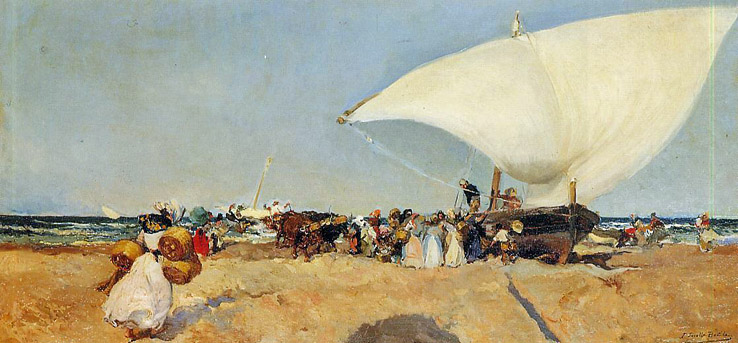
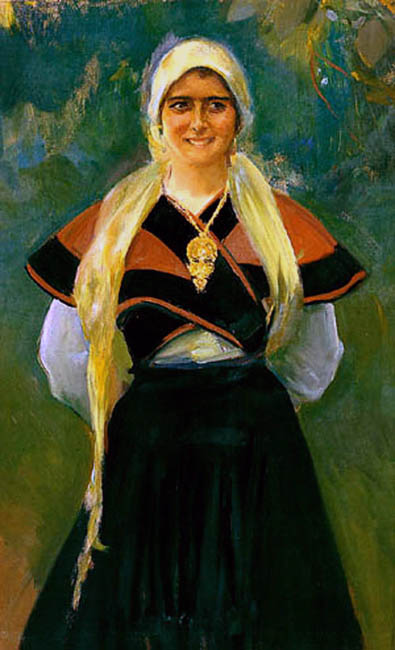

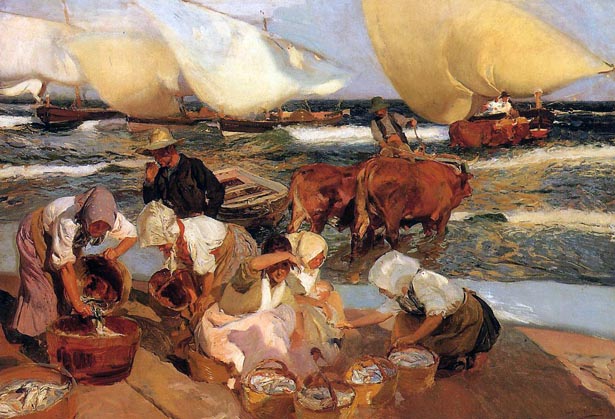
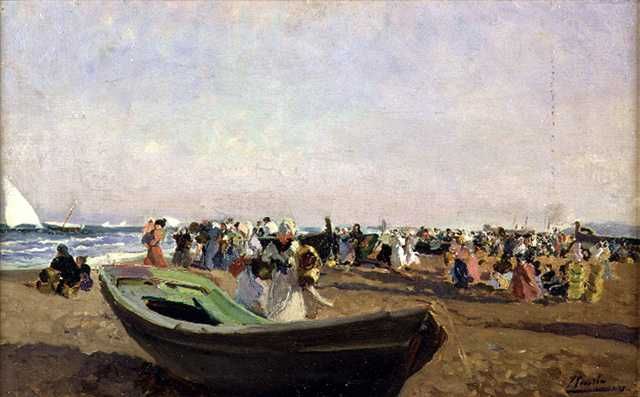
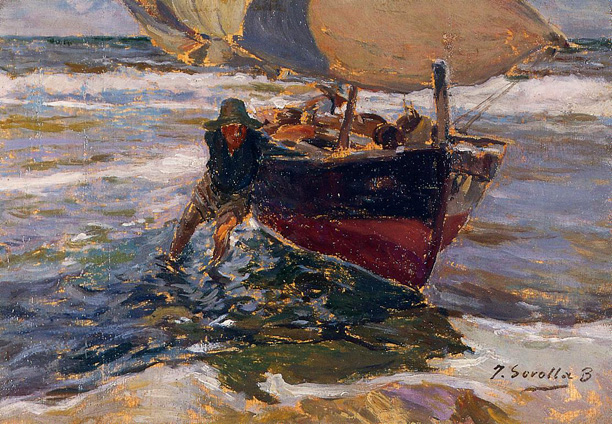
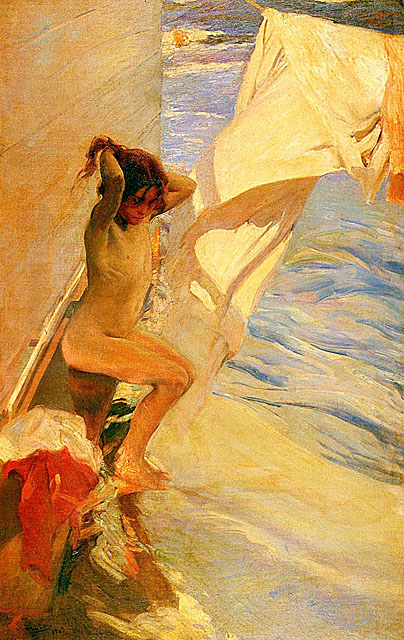
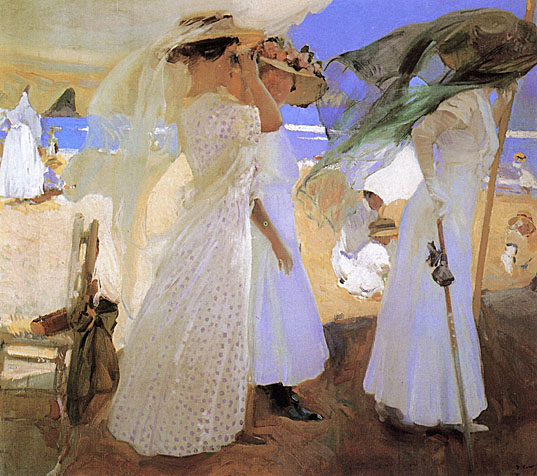
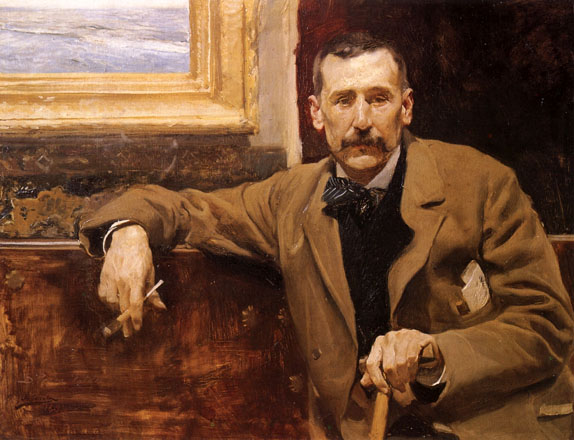

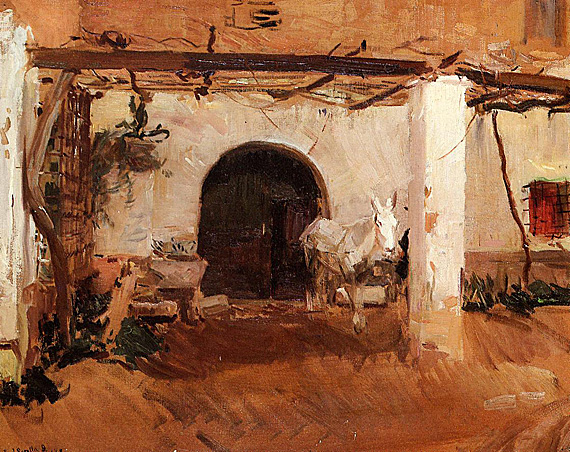
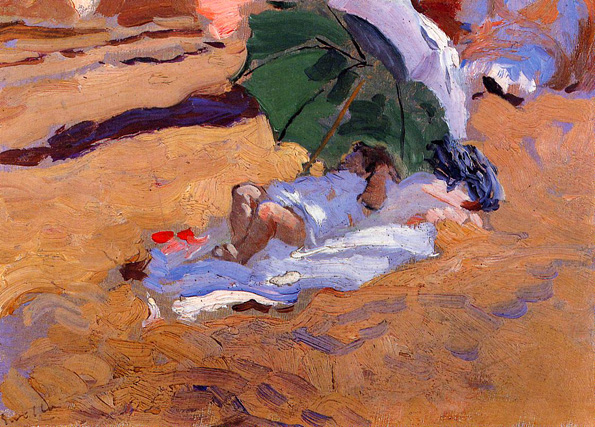
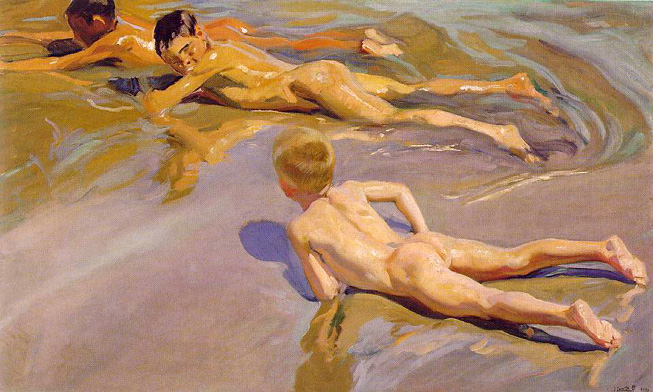
_1916.jpg)


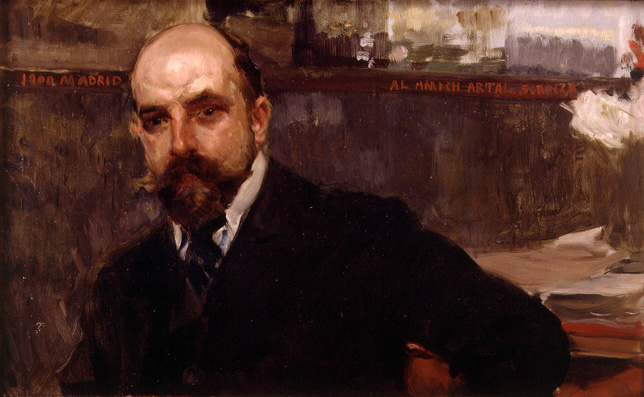
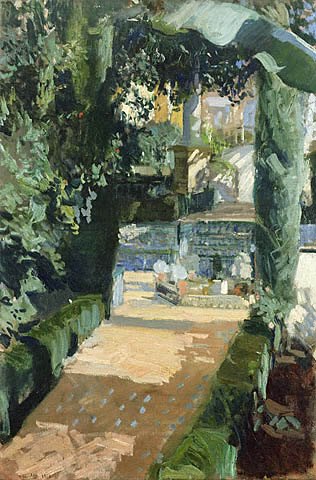
The courtyard of Seville's Alcázar Palace, the city's most splendid example of Moorish architecture, sparkles in the dappled summer sunlight. As always, Joaquín Sorolla y Bastida was concerned with color and light, brilliance and atmosphere. The colored reflections of the light animate the scene and help to define the forms, creating a sense that nature is ever-changing.
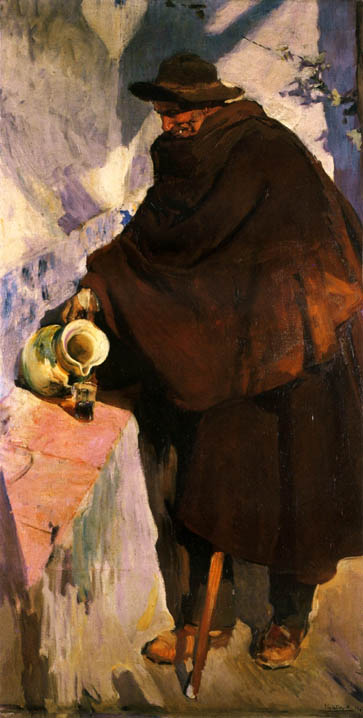

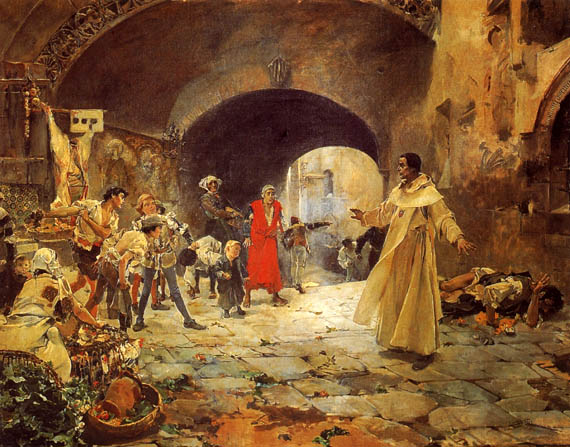
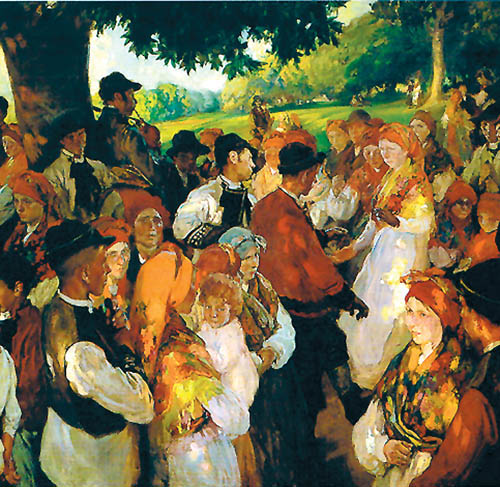
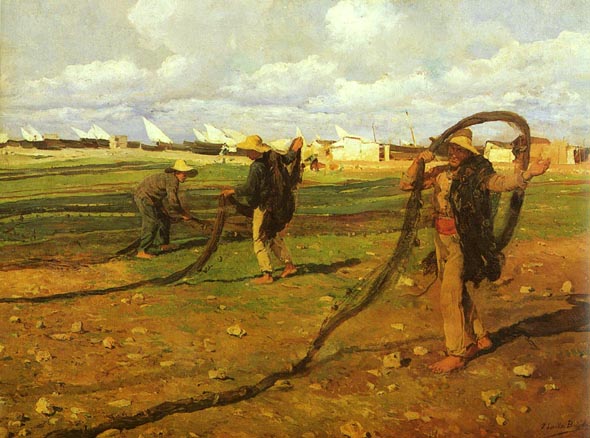
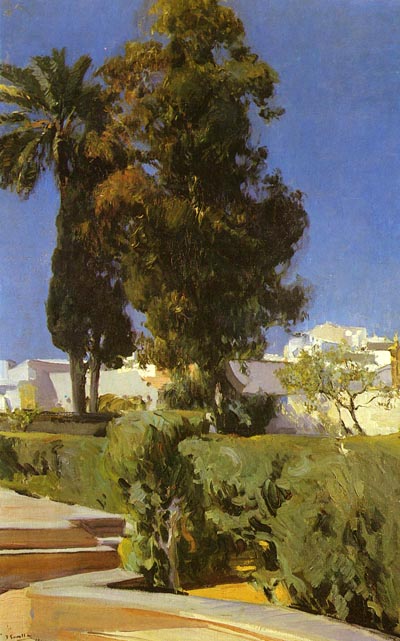
J. Paul Getty had originally determined to collect art only in certain areas, but at the 1933 auction of the Thomas Fortune Ryan collection he bought ten Sorollas, one of his few spontaneous purchases. He later wrote of that moment: "I was struck by the remarkable quality of Sorolla's paintings, being especially fascinated by his unique treatment of sunlight. . . . Although the purchase of these Impressionist works was a major digression from my usual fivefold collecting path, my opinion regarding their beauty, appeal and artistic merit remains the same as it was when I first saw the canvases."

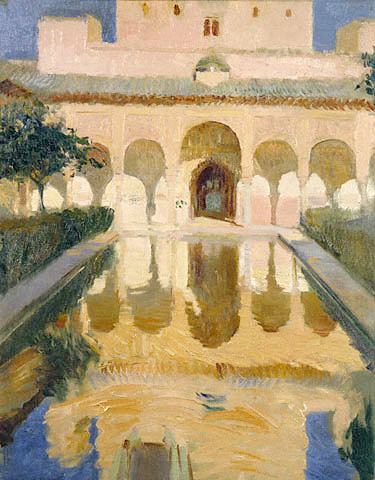
The thirty-five-acre Alhambra, built between 1238 and 1358, was the last Moslem stronghold in Western Europe in the late Middle Ages. The Moorish architectural style reached its ultimate refinement here, an airy fantasy that almost seems to float, despite its solid construction of stone and stucco.

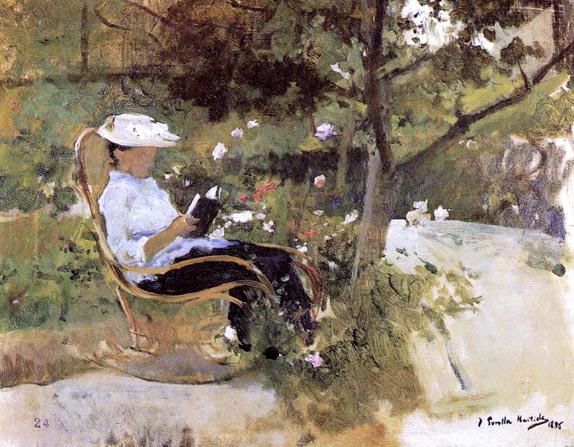
_1910.jpg)
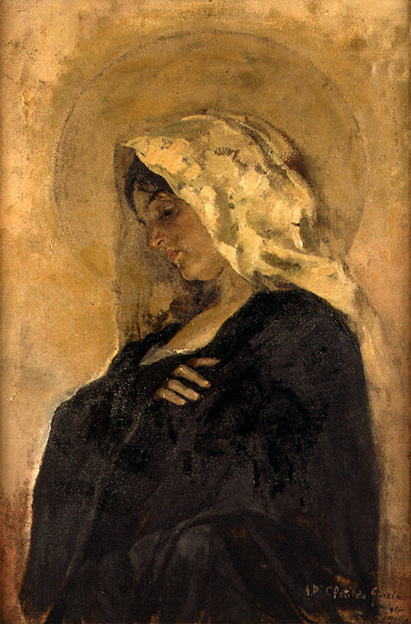


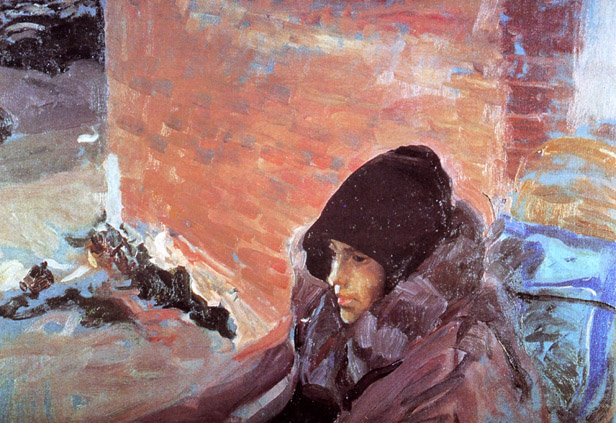
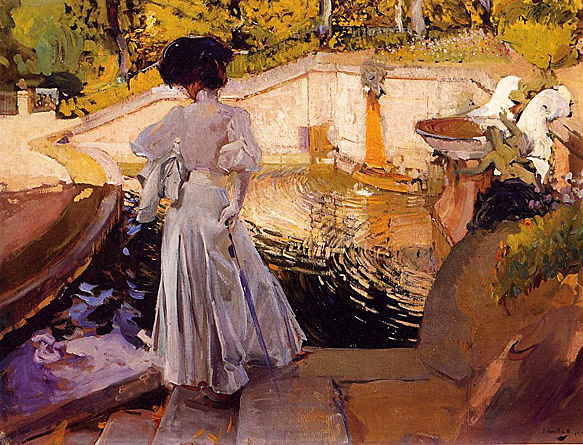
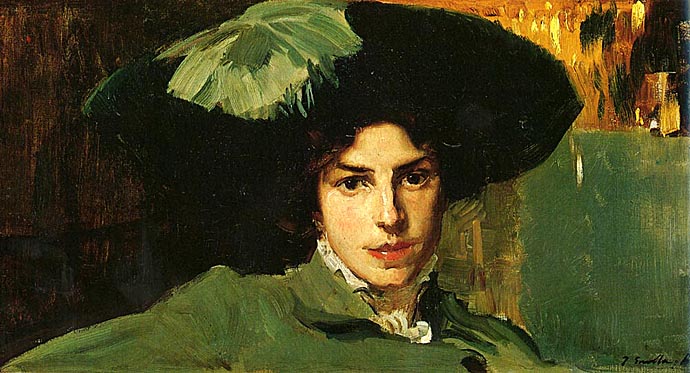

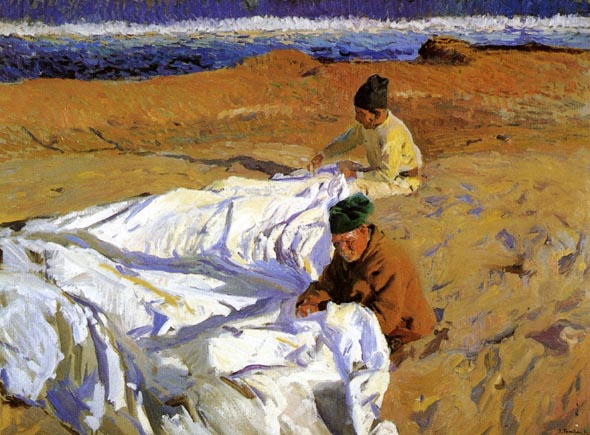
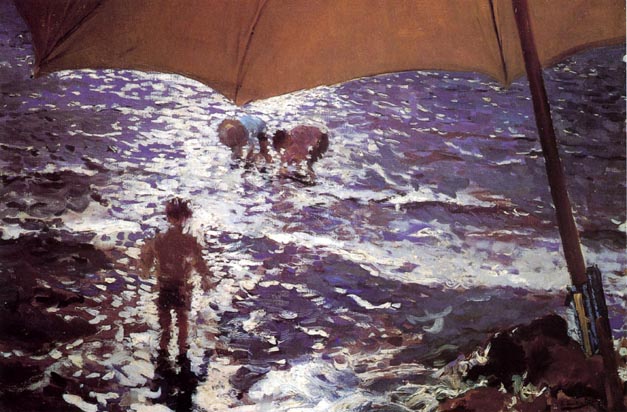
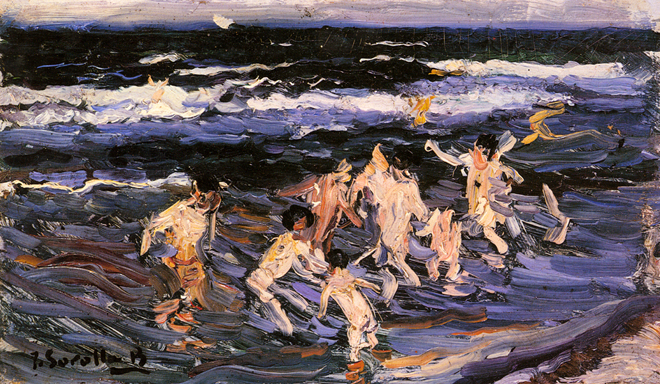
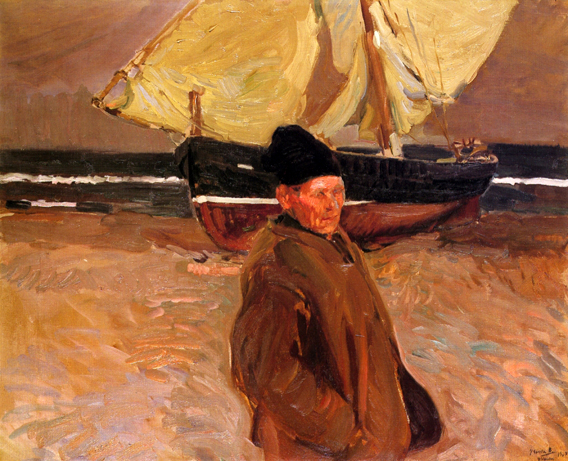
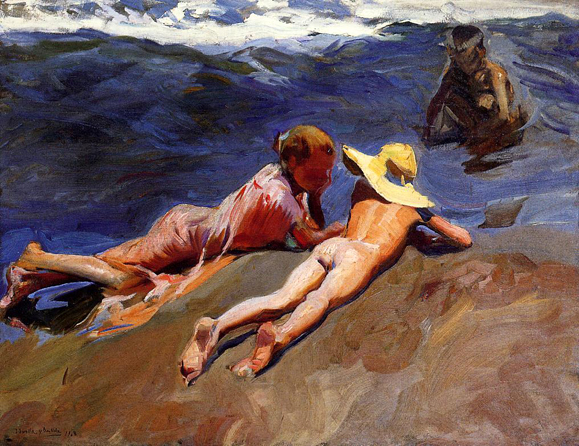
_1901.jpg)

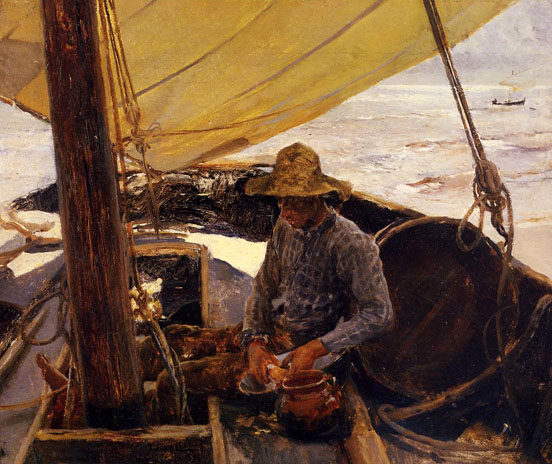
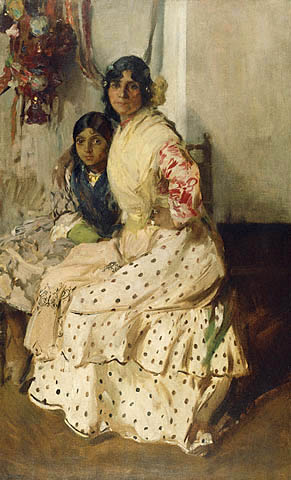
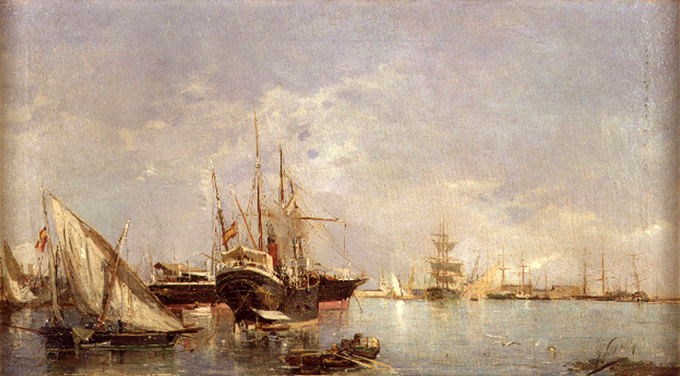
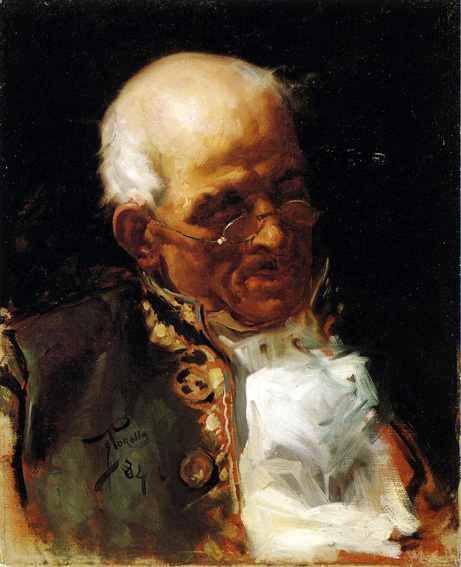
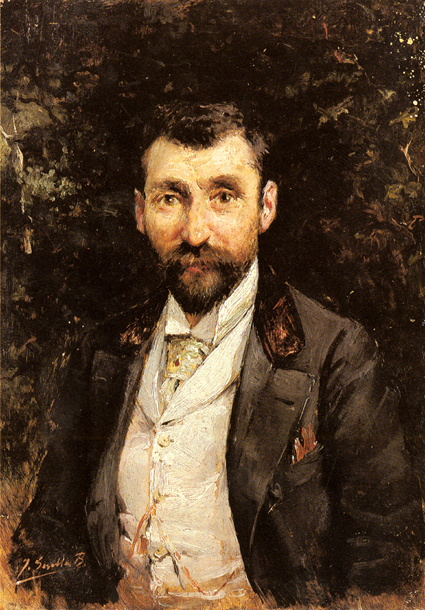
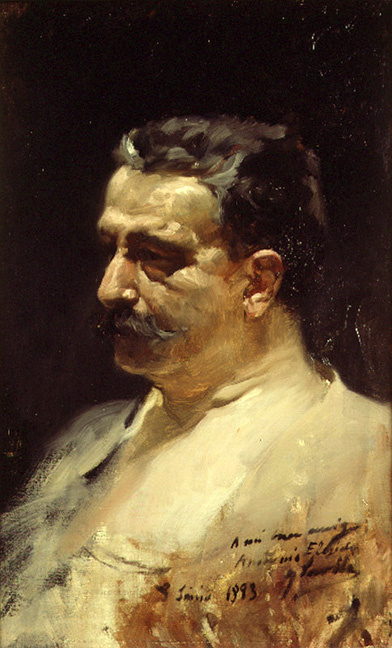
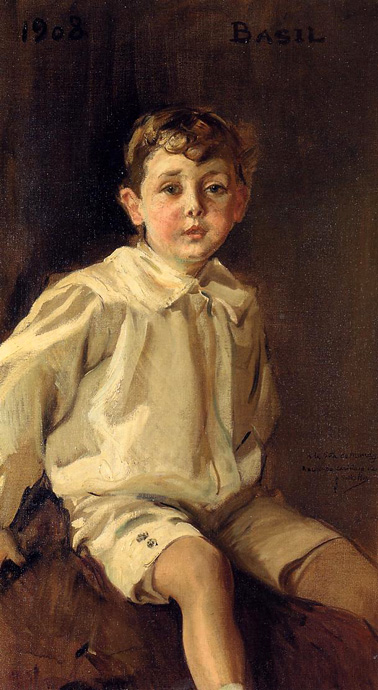


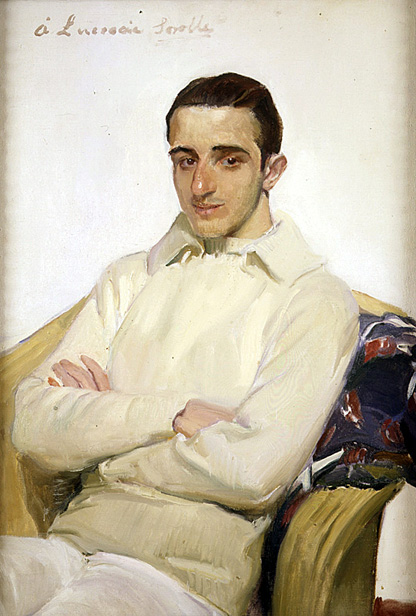
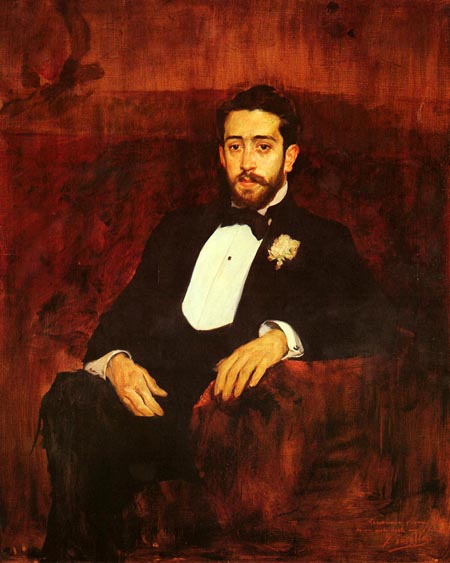
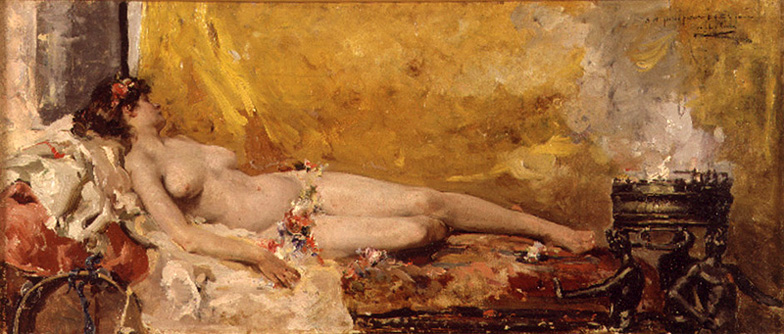
In Macedon, according to Plutarch's Life of Alexander, they were called Mimallones and Klodones. In Greece they were described as Bacchae, Bassarides, Thyiades, Potniades and other epithets.
The Maenads were entranced women, wandering under the orgiastic spell of Dionysus through the forests and hills. The maddened Hellenic women of real life were mythologized as the mad women who were nurses of Dionysus in Nysa: "he that on a time drave down over the sacred mount of Nysa the nursing mothers of mad Dionysus; and they all let fall to the ground their wands." (Iliad, VI.130ff). They went into the mountains at night and practiced strange rites.
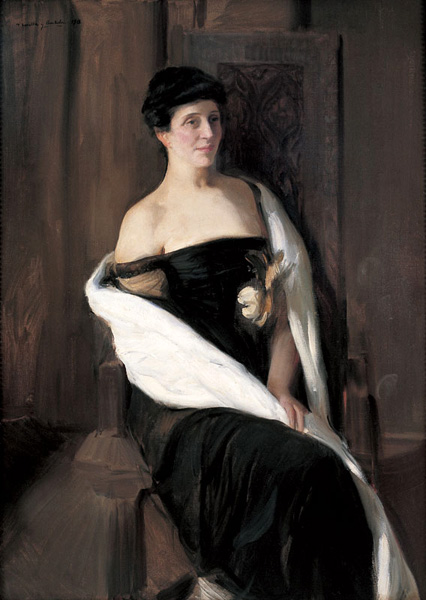
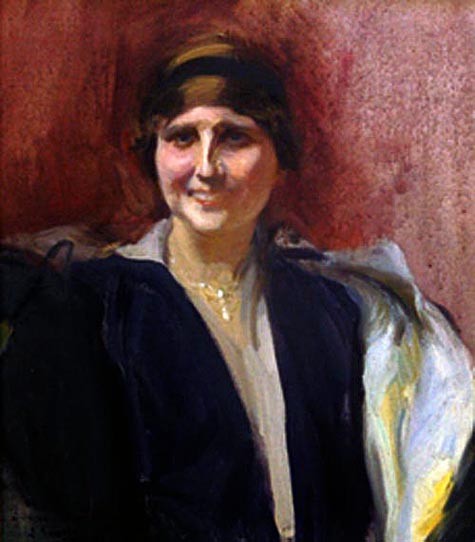

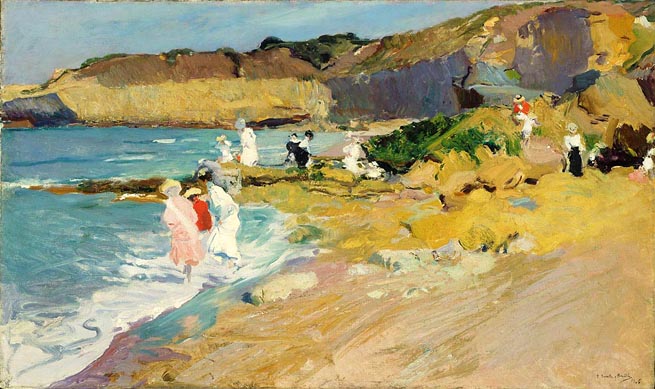
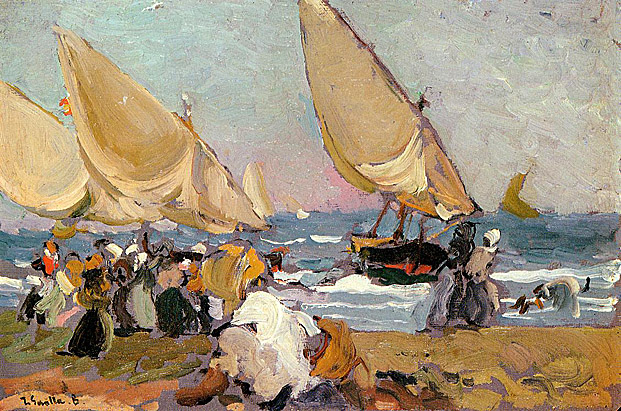
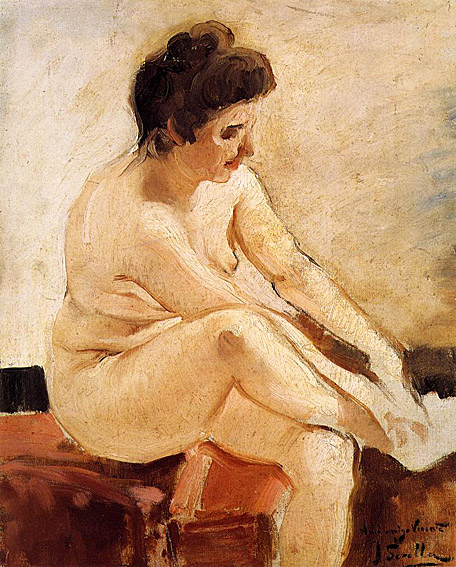

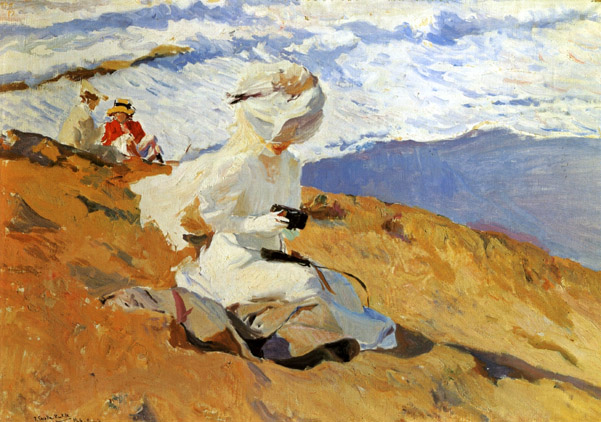
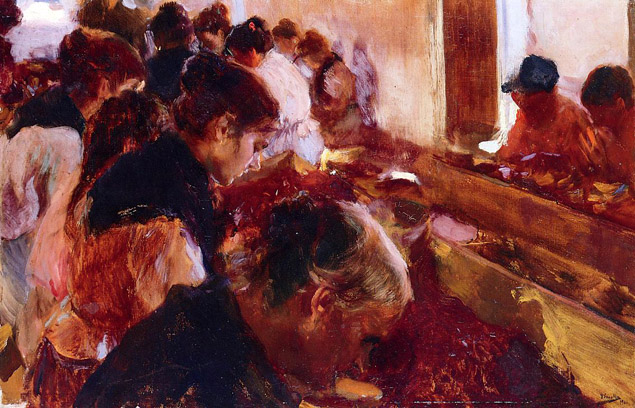
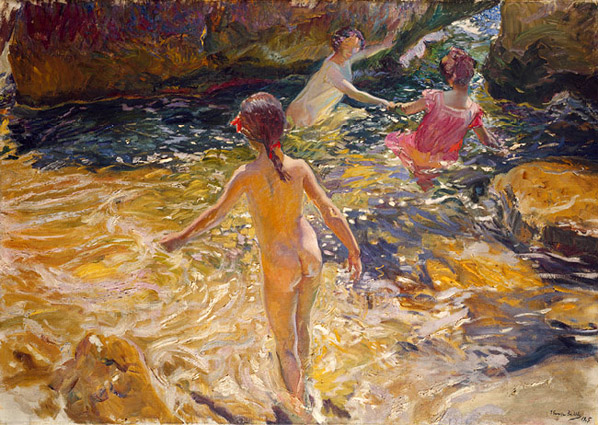

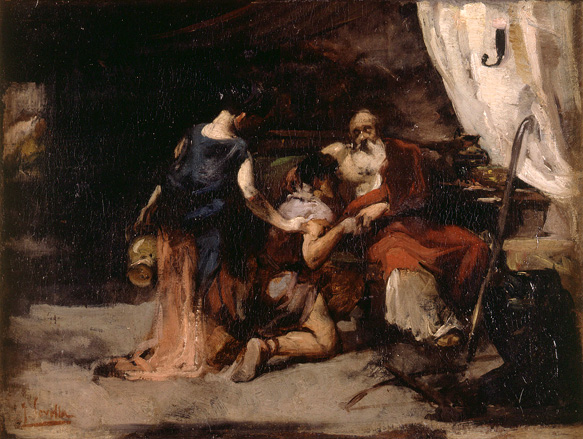
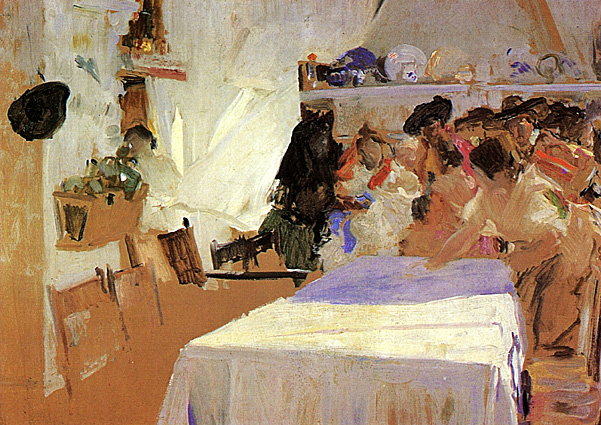
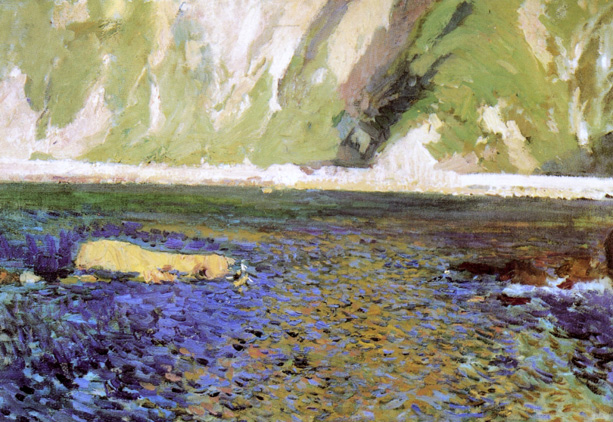
_1915.jpg)

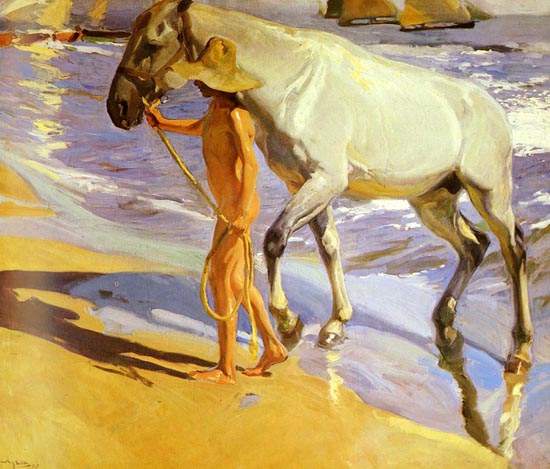

_1914.jpg)
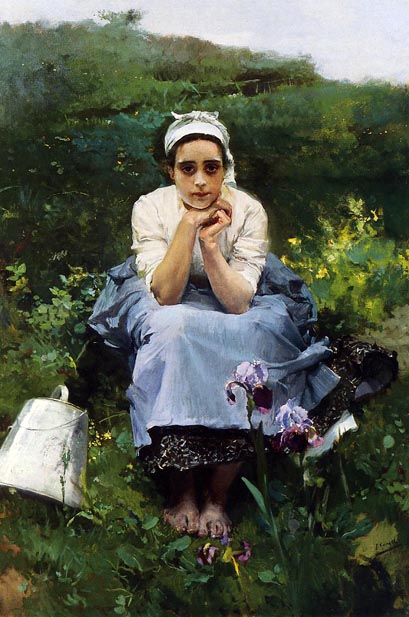
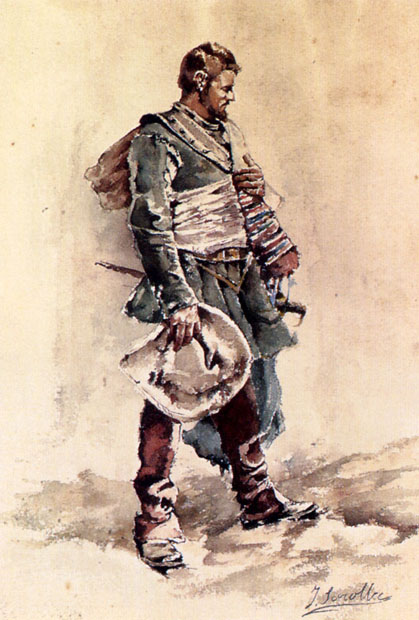
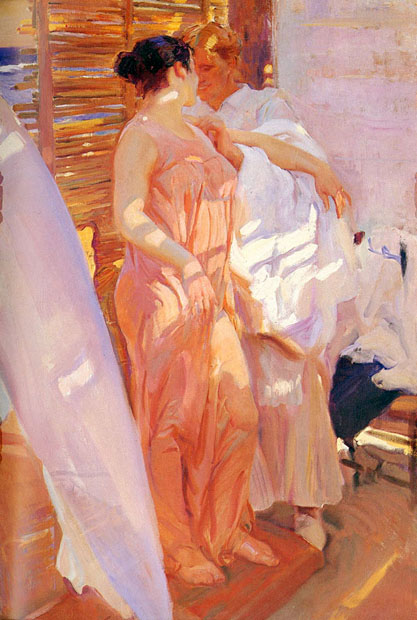
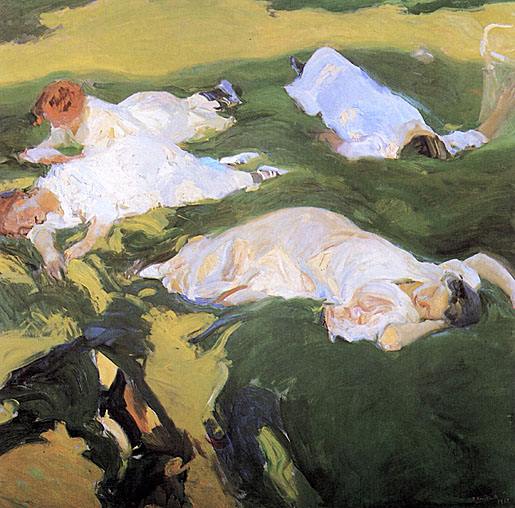
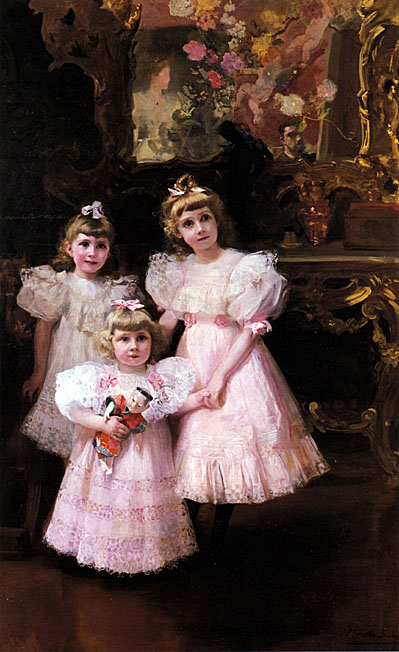
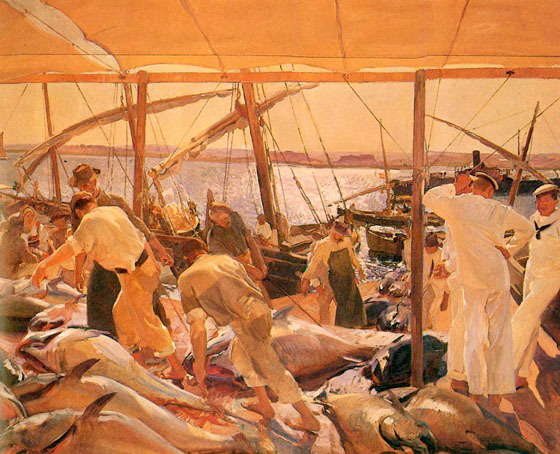

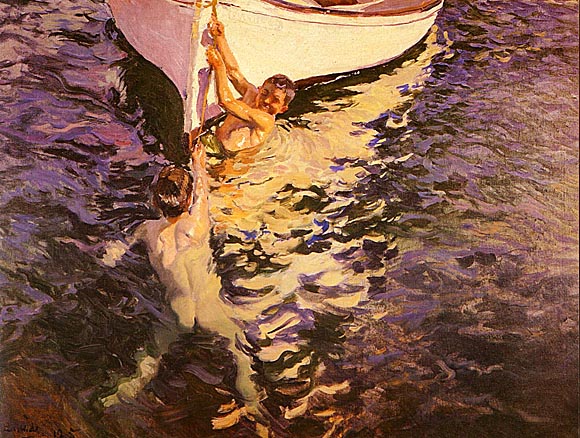

While on the beach at Valencia, Joaquín Sorolla y Bastida rapidly painted a group of pictures including 'The Wounded Foot'. Like the Impressionists before him, Sorolla worked outdoors to capture the momentary effects of light, water, and people in motion. This painting's casual snapshot-like cropping, which cuts off the arm of the child at the left, gives the viewer the same sense of immediacy, as if he or she has accidentally happened upon an impromptu exchange between two children on the sand.
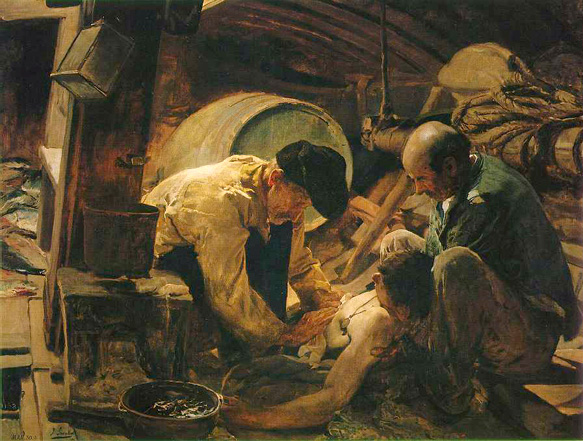
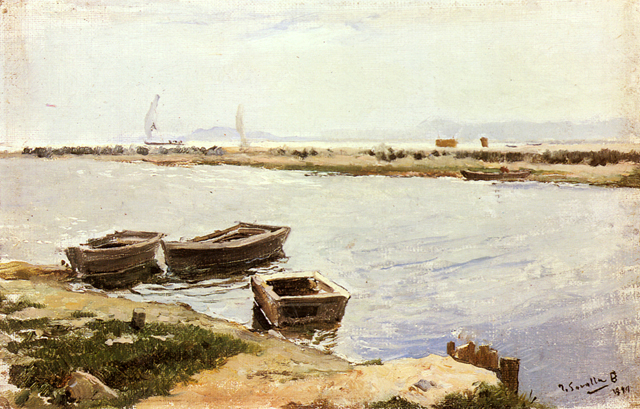

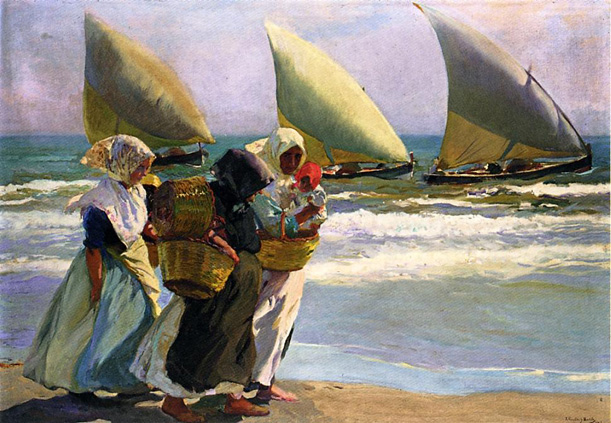
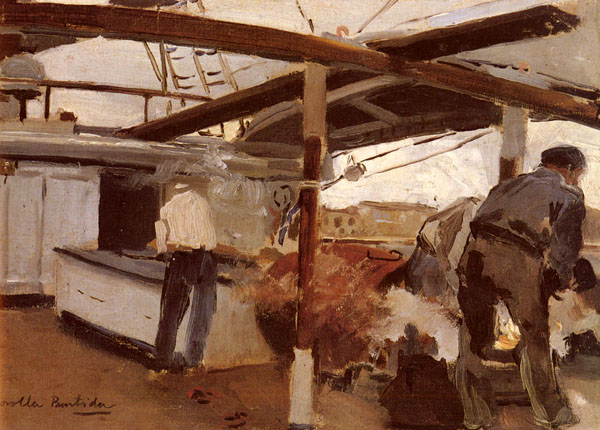
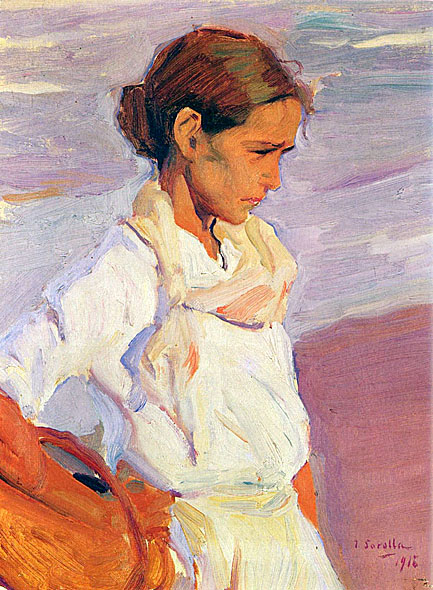
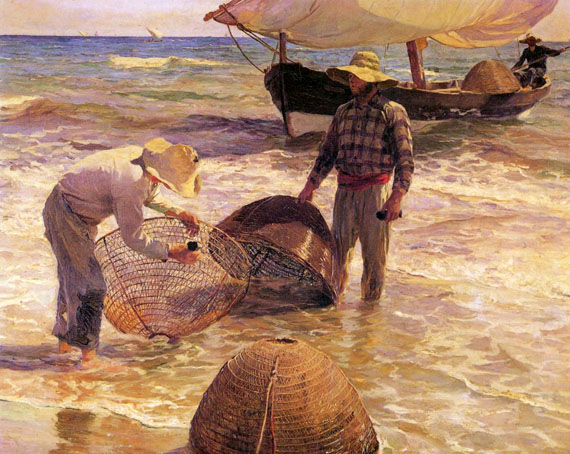
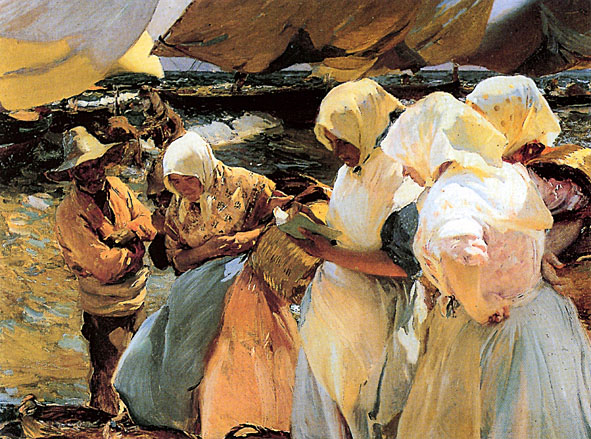
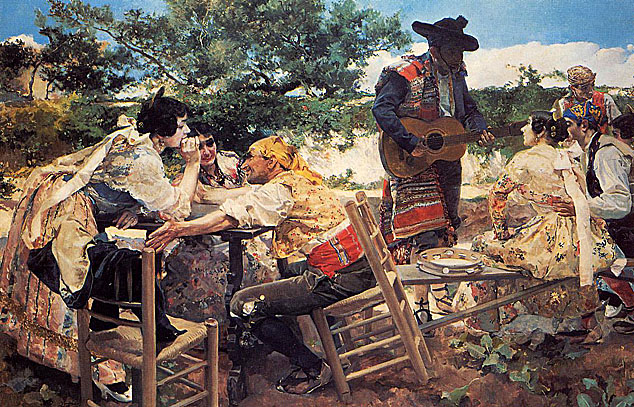
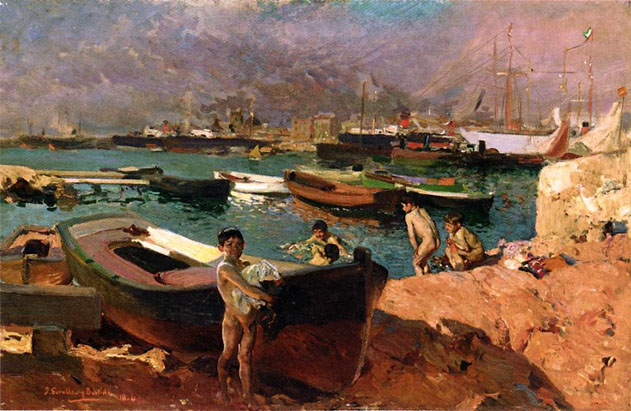
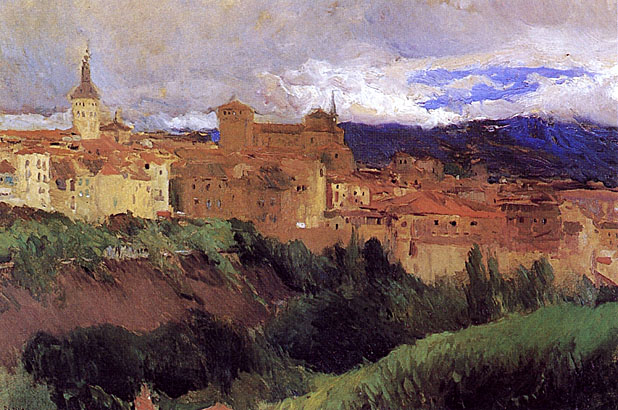
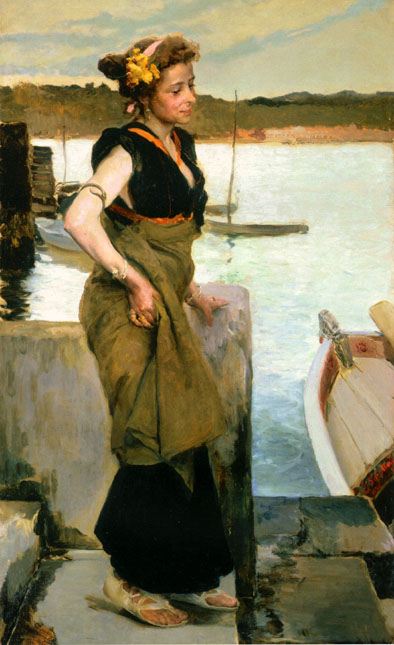
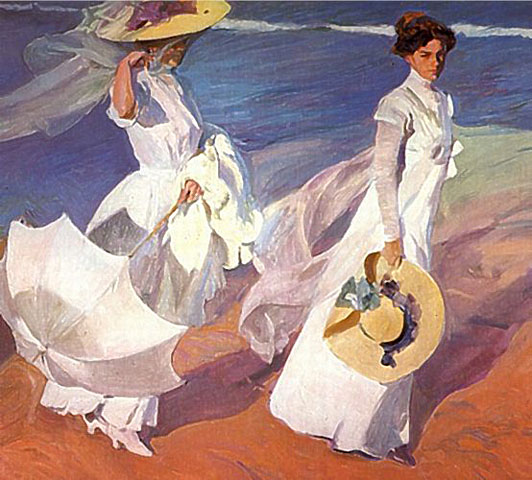
Source: Art Renewal Center
Return to Pagina Artis
Return to Bruce and Bobbie's Main Page.